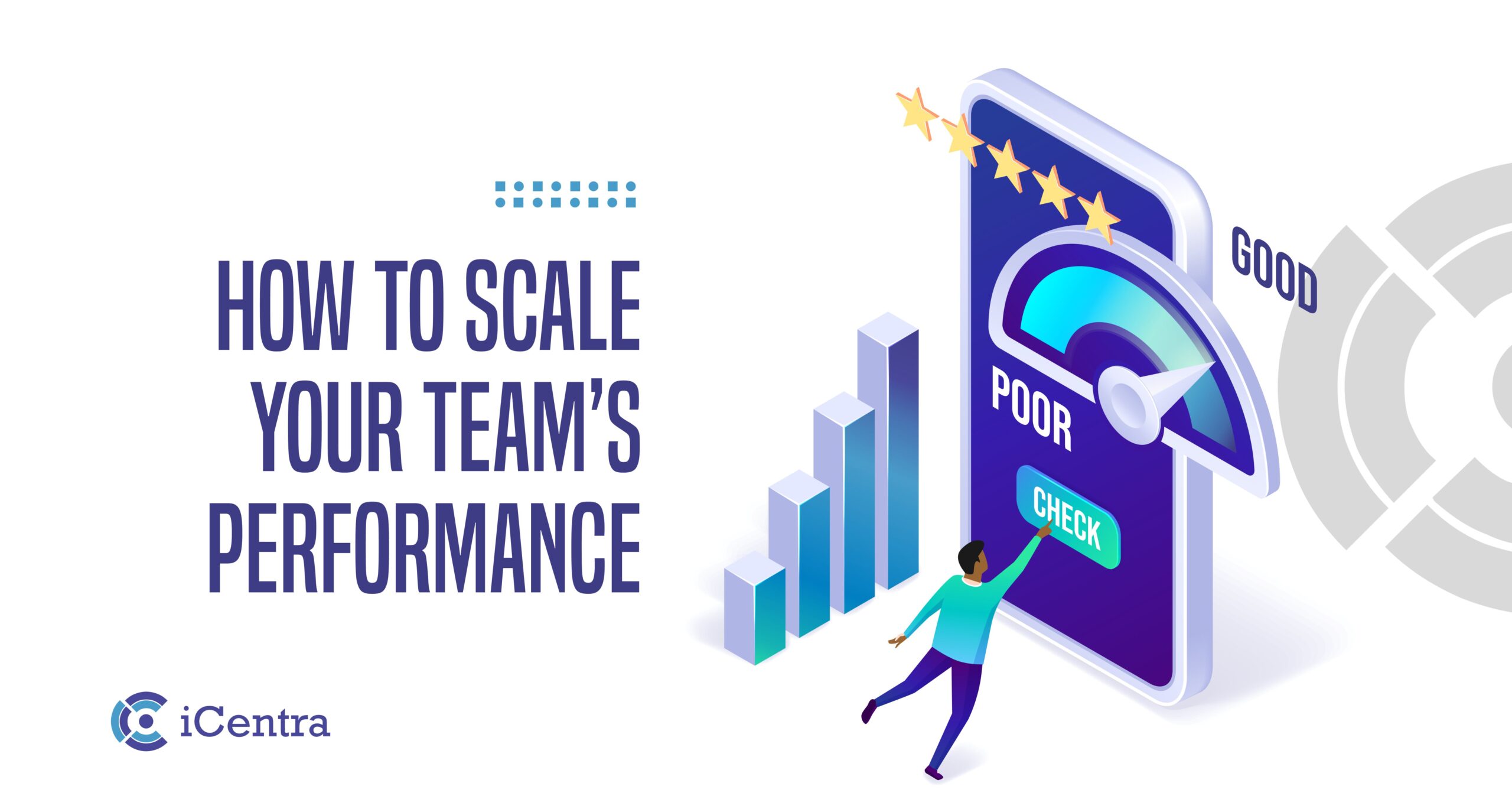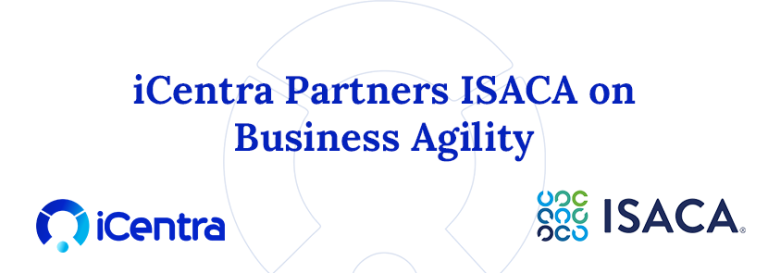In general, this practice allows for monitoring the company’s development and making decisions that help its growth. With a proper assessment, you can see what needs improvement, what should remain as it is, and what actions should be taken based on the assessment.
In scaling your team’s performance, it is important to understand that there’s no one-way approach. Hence, you should steer away from the temptation of copying some team approach that you’ve seen or experienced elsewhere simply because it was working well.
What Does Scaling Team Performance Mean?
Performance scaling is an analysis of the performance of your team, which must be measured and compared according to what is expected of them. It can be done individually or collectively, and there are several tools that can help you in the process.
But how do you get performance reviews right? Well, you have to use the right methods. The following is a list of some of the commonly used performance scaling methods:
- Self-assessment
This is a good practice to promote reflection in your teams. In self-assessment, employees themselves must analyze their performance, identifying strengths and areas for improvement. The evaluation is carried out according to pre-defined criteria, such as daily activities and established goals, among others.
It is critical to make it clear to employees that they can be honest as they will not be harmed for giving negative reviews. Explain that the intention is to help their professional development and in the optimization of the company. It may help to combine this practice with other methods, for a more complete performance analysis.
- 360º Evaluation
In this model, each employee is evaluated by management, leadership, and co-workers, as well as evaluating themselves, their managers, leaders, and subordinates. This is where the name ‘360° Evaluation/Assessment’ comes from, as the analysis is done from all sides. This is a way of evaluating the performance of the defined criteria based on various points of view, which helps to make the process more robust and holistic.
However, care must be taken: the evaluation will be carried out by people who are close on a daily basis, which will likely be influenced by personal and non-professional opinions. Be aware of this fact and encourage employees to be very objective, analyzing with a certain distance. Also, it is a good idea to reconcile this model with other methods, to be sure about the results.
- Evaluation by Objectives
This evaluation model is based on the achievement of the objectives defined for an employee. You need to consider your commitment and results, but also external circumstances that may have interfered with your tasks.
An employee’s objectives are defined by them and their management, together, and must be aligned with the company’s goals. It is also essential that they are measurable and possible to achieve within the proposed period, so as not to overload your teams and not harm your performance evaluation.
- Competency Assessment
For a company to work well, you need to define essential competencies and skills for each position and department. This includes technical and behavioral aspects, which must be aligned with the functions of each vacancy.
The competency assessment is performed based on how well the employee has met these requirements within the proposed period. From there, it is possible to observe demands to strengthen teams, such as training to develop some skills.
It is also worth remembering that some companies choose to divide this model into three categories. The first refers to knowledge and cognitive skills about something. The second refers to skills and know-how. The third refers to attitudes and motivation. With parameters like this, it can be easier to evaluate.
- Team Assessment
In addition to considering each employee separately, it makes all the difference to evaluate the entire team. After all, the company doesn’t work so well if group work is not flowing. Teams are also evaluated according to pre-established criteria, such as the necessary skills, defined goals, communication, workflow, etc. Based on these analyses, it is possible to think of strategies to improve relationships and the organizational climate, for example.
- Assessment By Graphic Scale
This is one of the more traditional performance appraisal models. In it, a document divided into horizontal and vertical columns is used, containing the criteria that will be analyzed (attendance and teamwork, for example) and value scales (such as bad, average, and good).
It is an easy and very objective method, the results of which should lead to further deeper analyses. It is very important to combine this tool with other models, to avoid too shallow evaluations. However, it’s a great complementary technique and doesn’t need to be ignored.
- Leadership Assessment
Finally, it is essential to remember that leadership performance must also be evaluated. After all, leaders have great responsibility for the performance of teams, right? They influence communication, interpersonal relationships, motivation, and even the well-being of employees. So, they cannot be left out.
The evaluation can be made by the employees and superiors of the leaders to be more complete. Based on the results, it is possible to provide feedback to optimize leadership, improve your relationship with employees, and optimize other pre-established aspects.
These are some of the most common and efficient performance scaling methods for organizations. They make all the difference to optimize results and develop the business and employees more and more. Thus, it is very important to perform them regularly and use them in your strategies. Also be sure to communicate the results and intentions to your team in an appropriate and empathic manner. This strengthens the company’s transparency and professional engagement.
What did you think of these scaling performance methods? Which ones are already used in your organization? Let us know in the comments section.
To learn more, check out some of our guides to get more clarification about how to manage your team.
For more information about our services: Business Consulting | Technology Solutions | Project Management | Learning & Development
Please contact our global team;
Africa: +234 807 675 7797 | [email protected]
North America: +1 682 373 2737 | [email protected]
UK/Europe: +44 800 043 4946 | [email protected]






